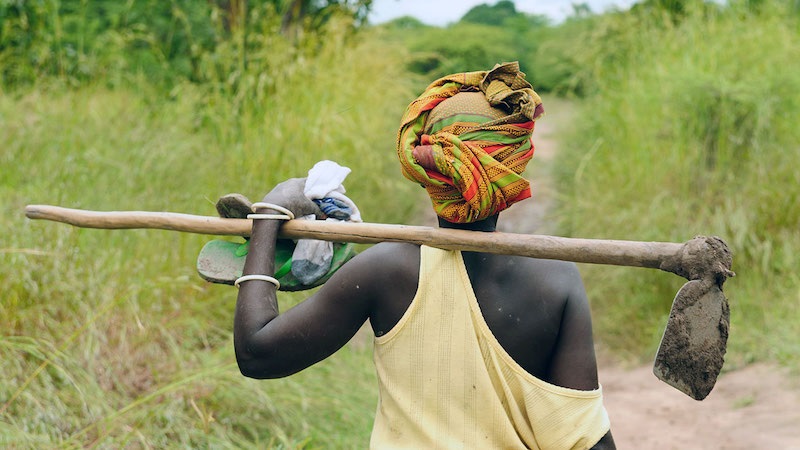Germany’s leader Olaf Scholz has promised to give €2 billion ($2.2 billion) to the United Nations’ flagship climate fund for projects cutting emissions and adapting to climate change around the world.
The Green Climate Fund was set up in 2010 to distribute money from wealthy countries to climate projects in low and middle-income countries. It has spent around $12bn so far funding climate projects but has recently warned of cutbacks because of a lack of resources.
The pledge is a third more than Germany’s previous contribution to the fund. Once confirmed, the money will support climate investment during the 2024-2027 period.
Scholz’s pledge at the Petersberg Climate Dialogue in Berlin today sets the bar for other wealthy nations ahead of the fund’s regular pledging conference in the German city of Bonn in October.
“I appeal to the many traditional and possible new donors – let us continue this success story it is more important than ever before”, Scholz said.
#info: starting at +/- 14.30 pm CEST you can watch the speech by the Federal Chancellor of Germany Olaf Scholz at the 14th #Petersberg Climate Dialogue here live. https://t.co/QqyFgwtyU7
— GermanForeignOffice (@GermanyDiplo) May 3, 2023
Austria, the only other major nation to make a pledge so far, upped their contribution by just under a quarter to €0.16 billion ($0.18 billion).
Liane Schalatek, who monitors the GCF as a representative of civil society, told Climate Home it was “great that there is an upward trajectory, we would have hoped for a bit more than the [one-third] increase, given the needs and the accelerated phase needed in taking climate action, as well as the importance of the GCF”.
Joe Thwaites, a climate finance campaigner at the National Resources Defense Council, said it was a “critical signal of support to developing countries” and “sets a benchmark for other countries who also need to step up with increased contributions”.
“Mid” ambition
If all governments increase their contributions by a third, and there are no new contributors like the USA and Australia, the fund will have around $13 billion to spend between 2024 and 2027.
An internal strategy document prepared for the GCF board, and seen by Climate Home, labels $12.5 billion as a middling level of money compared with a “status quo” scenario of $10 billion and a “high” scenario of $15 billion.
Proud to hear @Bundeskanzler announce that🇩🇪 will be increasing our contribution to the next replenishment round of @theGCF to 2Bn (1.5 Bn last round – a 33% increase). We look to all other wealthy nations to join us in similarly ambitious replenishments#climatefinance pic.twitter.com/cK0M46kEpq
— Jennifer Morgan (@climatemorgan) May 3, 2023
Reaching a “mid” scenario instead of the “status quo” means the fund can do more to ensure that everyone on earth is protected by early warning systems and do more to help food systems and ecosystems green transition.
But only in the “high” scenario, the fund would have enough resources to do more to help developing countries’ financial systems work towards a green transition or to promote clean technology innovation, the document says.
First big spender
Germany is historically one of the fund’s biggest donors alongside the UK, France and Japan, who have yet to make their latest pledges.
The USA may make a pledge but it will need the approval of Congress, which is partly controlled by the opposition Republican Party, approval to fulfill its pledge.
President Biden recently promised $1 billion to the fund. But this is only a partial fulfillment of the outstanding $2 billion which President Barack Obama promised before Donald Trump later reneged on.
This article was edited to clarify that Obama pledged $3 billion but, as he delivered $1 billion, the outstanding amount is $2 billion and to say that Congressional approval is required for delivering funds to the GCF but not for promising funds.
